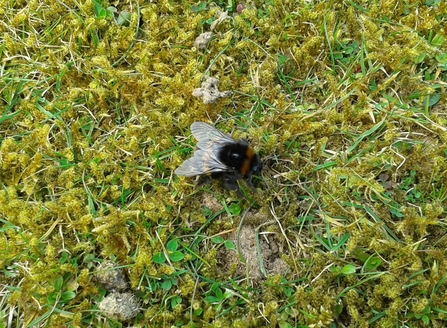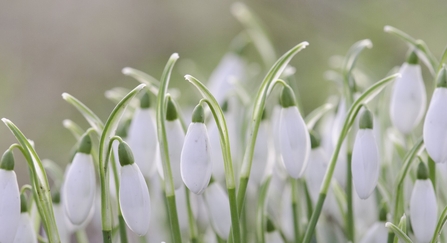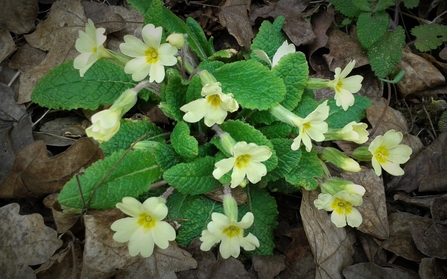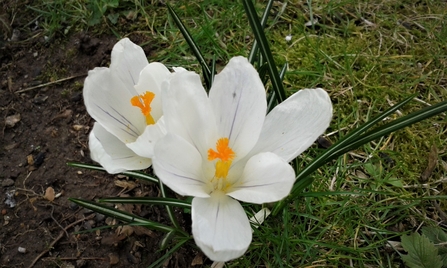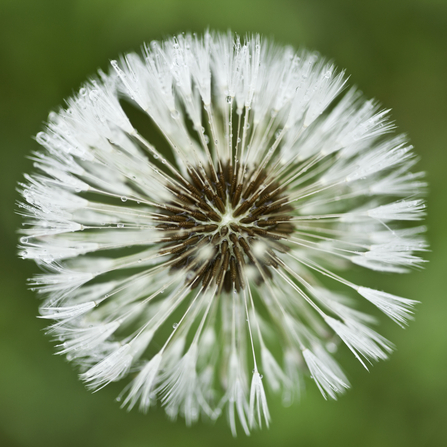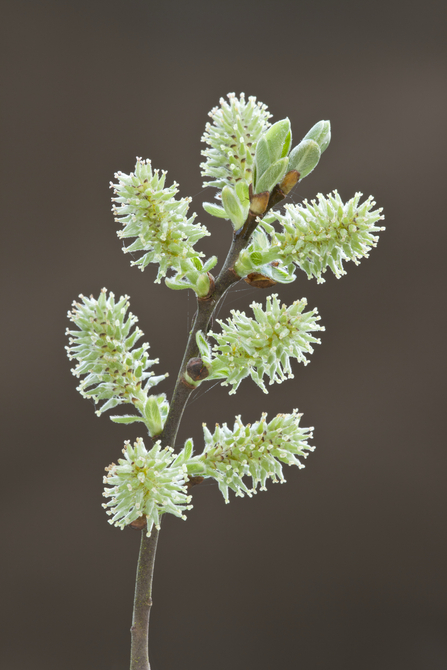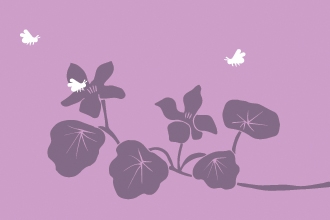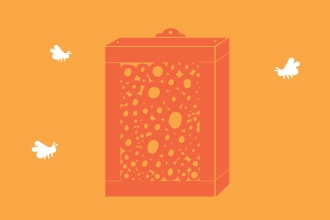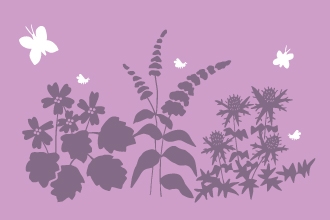We think of bees in the spring and summer when their numbers peak as many workers swell the population. In warmer months they are out and about foraging and collecting as much nectar as possible whilst pollinating our crops in the process. But this would not be possible without the existence of early flowers for the queens of many species of bee to feed on as they emerge from hibernation. There are 25 species of bumblebee in the UK along with 250 species of solitary bee and one species of honeybee which, thanks to their honey making skills, can survive our cold winters.
The majority of bumblebees can't do this, as they do not make stores of honey in the same way. Only the queen bumblebee will hibernate, normally in soil where she can survive temperatures as low as -19°! Queen bumblebees are capable of vibrating their flight muscles to warm them up enough to fly in cold weather so it is not uncommon to see them early in the season. They need to feed up as much as possible before setting up their chosen nest site to begin their colony, and a queen bumblebee will not see any summer flowers as she will stay in the nest for the rest of her life whilst her daughters venture out. Her final task at the end of the summer is to produce a new generation.
As a basic rule of thumb, bees need simple flowers so that they can get to the nectar easily. Here are a few vital blooms; keep an eye out for them on winter walks or perhaps you could encourage them in your garden to give bees an extra helping hand.


